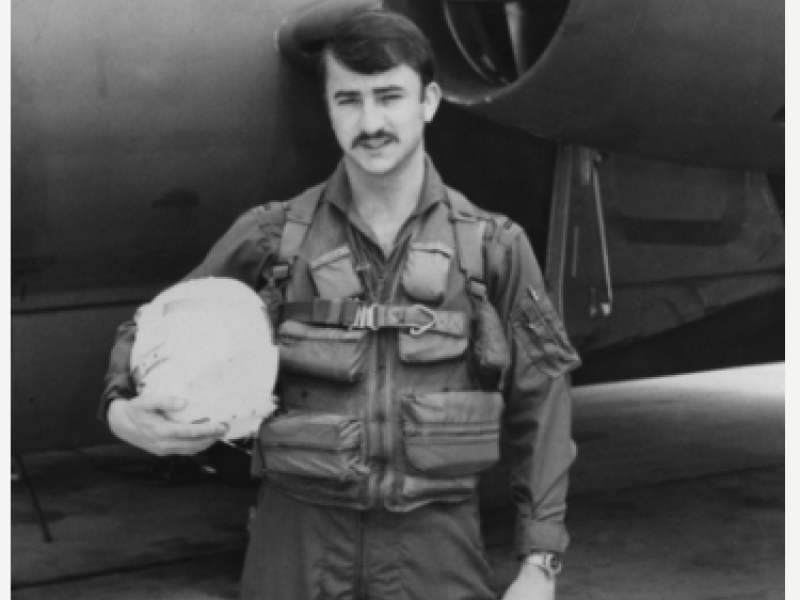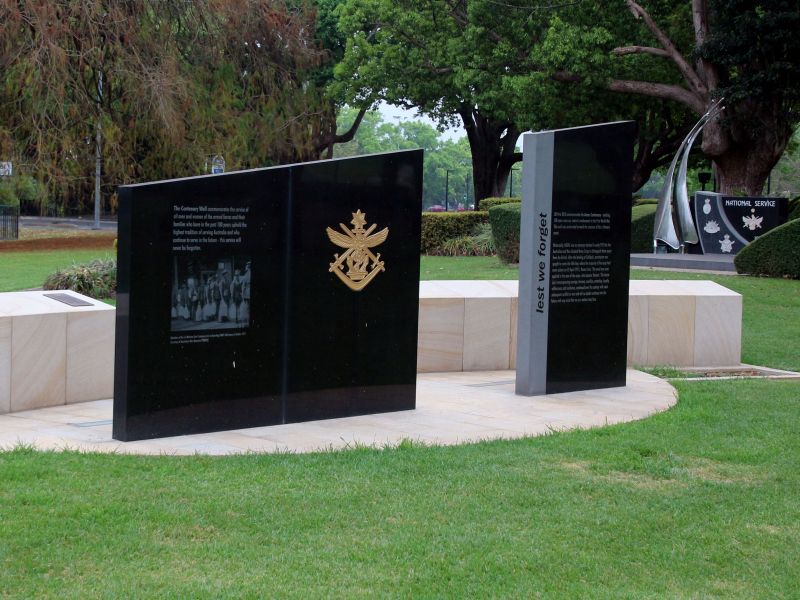Pilot Officer Robert Charles Carver, No. 2 Squadron, RAAF
Robert Carver, “Bob”, was born on 2 July 1946 and grew up in Toowoomba. He was a gifted student and keen athlete.
Carver trained as a radiographer before applying to the Army and the Royal Australian Air Force (RAAF) in 1968. He was found unsuitable for pilot training but the RAAF offered training as a navigator.
Carver joined the RAAF in January 1969, graduating a year later as a pilot officer.
Carver’s chief instructor described him as “an excellent crew member and extremely likeable.”
In late 1970, he was posted to No. 2 Squadron at Phan Rang in South Vietnam.
On 3 November 1970, Carver was navigator on a routine sortie to bomb a North Vietnam Army unit in Quang Nam province near the Lao border. Carver had been in Vietnam for just 8 weeks and had completed 33 operational sorties. The pilot was Flying Officer Michael Herbert, a seasoned veteran with 198 sorties over a 9-month period. He had only two months left to finish his tour.
Their aircraft, Canberra bomber A84-231, call sign Magpie 91, left Phan Rang at 7pm, loaded with six 750-pound bombs and flew towards Da Nang. Herbert reported that the sortie “should be no problem, it’s pretty good up here tonight.”
Just after 8pm, as Magpie 91 neared Da Nang, they ascended to 22,000 feet, out of enemy anti-aircraft range. They released bombs over the target at 8.22pm and Herbert radioed “six away, breaking left.” The radar controller replied, “an excellent run, sir. We enjoyed working with you and see you another day.”
A minute later, Magpie 91 disappeared from US radar screens.
Despite three days of intensive air searches over steep hills and thick vegetation by Australian and US aircraft, there was no trace of the missing bomber. Carver and Herbert were declared missing.
When Australian forces withdrew from Vietnam in 1972, six men remained MIA. Private Peter Gillson and Lance Corporal Richard Parker, both from 1RAR; Lance Corporal John Gillespie, an Army medic; Private David Fisher from the SAS; and Bob Carver and Michael Herbert.
In 1982, three Katu mountain hunters found the crash site and removed wire for their snares. As they spoke little Vietnamese and could not read or write, their discovery went unreported.
The late Jim Bourke, a two-tour Vietnam veteran with the 1st Battalion, Royal Australian Regiment, formed the veterans’ organisation Operation Aussies Home. His drive, backed by the Australian Army History Unit and other Defence resources, would eventually bring all six missing men home.
In April 2007, Parker and Gillson were located, then Gillespie in November, and Fisher in September 2008, leaving only Carver and Herbert.
In April 2009, an Army and RAAF team finally located the crash site in dense jungle on a remote hillside in Quang Nam. In July 2009, the remains of Carver and Herbert were identified and brought home.
Carver’s funeral was held with full military honours at St Luke’s Cathedral in Toowoomba on 2nd September. Herbert’s funeral was held in Adelaide on 7th September.
All six men are commemorated on the National War Memorial in Canberra.
Michael Kelly, Military History Section

 Australian War Memorial
Australian War Memorial

